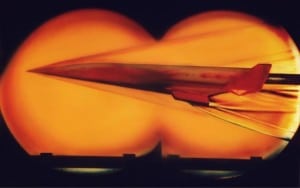
The Air Force wants to stand up a new civilian chief technology officer position whose role would be to oversee science and technology S&T efforts across the service, and have direct responsibility over the Air Force Research Laboratory (ARFL), according to a new report released April 17. The rapid technological innovations of Russia, China and other adversaries has prompted the Defense Department to take a sharp look at its own capability development processes. Two years in the making, the Air…

 By
By 











